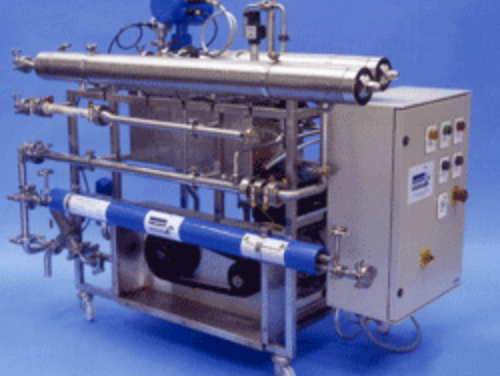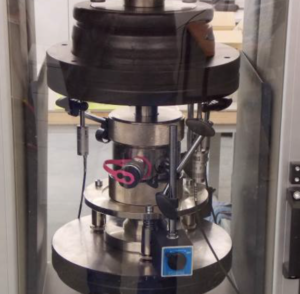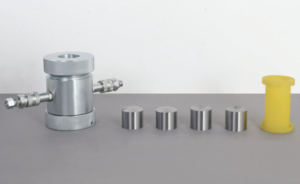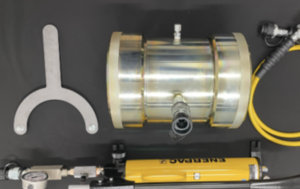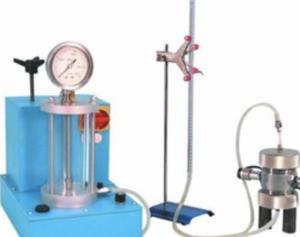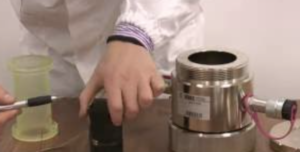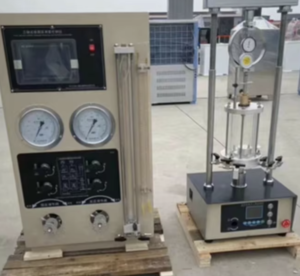Whether you’re running routine triaxial tests or working with delicate specimens, installing latex membranes correctly is critical. Choosing the right membrane mounting tool can significantly impact the speed, ease, and accuracy of your lab work.
Membrane mounting tools—manual or vacuum—help researchers install latex membranes on soil samples without wrinkles, tears, or trapped air, ensuring consistent and accurate triaxial testing results.
This article compares manual and vacuum tools and helps you decide which type suits your lab best.
What Is a Membrane Mounting Tool, and Why Is It Important?
A membrane mounting tool1 is a device used to stretch and place a latex membrane over a cylindrical soil sample for triaxial testing2. It reduces stress on the specimen and prevents installation errors.
This tool is essential for achieving uniform membrane coverage, maintaining specimen integrity, and preventing leaks or measurement distortions. Whether manual or vacuum-assisted, it’s a must-have in any geotechnical lab.
Its importance grows with soft or irregular samples, where precision is critical.
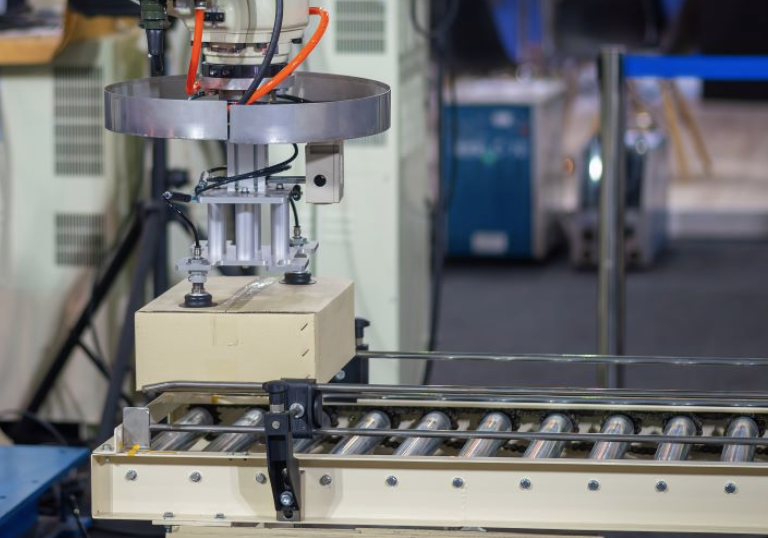
Manual Membrane Mounting Tools: Pros and Cons
Manual tools are the simplest and most common type. They typically consist of a polished acrylic or metal cylinder over which the membrane is rolled and then unrolled onto the soil specimen.
Manual membrane mounting tools3 are easy to use, cost-effective4, and reliable for most standard applications. However, they require careful hand control to avoid wrinkles or trapped air.
Pros:
- Affordable and widely available
- Easy to clean and maintain
- Ideal for standard soil samples
- No electricity or vacuum pump needed
Cons:
- More difficult with sticky or thick membranes
- May trap air without careful technique
- Requires more manual dexterity and practice
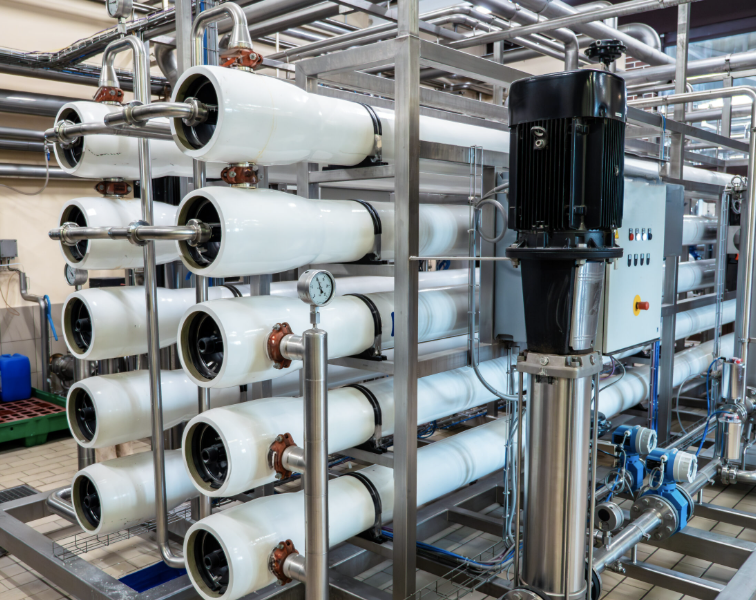
Vacuum Membrane Mounting Tools: Benefits and Drawbacks
Vacuum tools use suction to pull the membrane tightly against the tool’s surface, allowing the user to place the stretched membrane onto the sample with minimal contact and precision.
Vacuum membrane mounting tools5 offer greater control, especially for fragile or highly sensitive specimens, but require additional setup and maintenance.
Benefits:
- Faster and more uniform membrane placement
- Reduced air entrapment
- Less handling of fragile specimens6
- Excellent for high-throughput or advanced labs
Drawbacks:
- More expensive and complex
- Requires vacuum pump and tubing
- Additional cleaning and setup time
- Not ideal for field environments without power

How to Choose the Right Membrane Mounting Tool for Your Lab
The best choice depends on your lab’s workload, budget, and the type of testing you perform.
| Criteria | Manual Tool | Vacuum Tool |
|---|---|---|
| Budget | Bajo | Medium to High |
| Facilidad de uso | Moderado | Easy with setup |
| Specimen Sensitivity | Standard samples | Soft/delicate samples |
| Throughput Needs | Low to moderate volume | High-volume testing |
| Field or Portable Use | Sí | Rarely |
If your lab performs frequent or advanced triaxial testing with sensitive specimens, the vacuum type is worth the investment. For routine soil tests, manual tools offer great performance at low cost.
When in doubt, start with manual and scale up to vacuum-assisted tools as your testing needs grow.
-
Explore this link to understand the significance and application of membrane mounting tools in geotechnical labs. ↩
-
Discover the importance of triaxial testing in soil mechanics and how it impacts engineering decisions. ↩
-
Explore this link to understand the advantages and applications of Manual membrane mounting tools in soil testing. ↩
-
Discover why cost-effective solutions are crucial for efficient soil testing and how they can save resources. ↩
-
Explore this link to understand how vacuum membrane mounting tools enhance precision and control in specimen handling. ↩
-
This resource provides insights on best practices for handling fragile specimens, ensuring their safety and integrity. ↩

